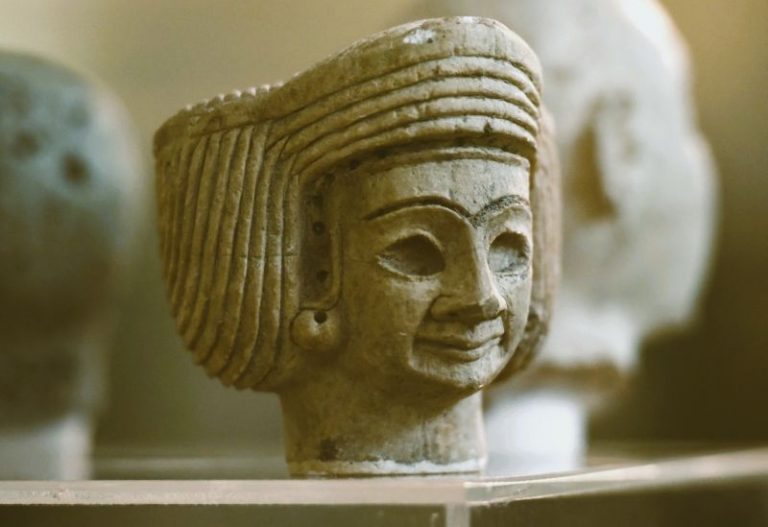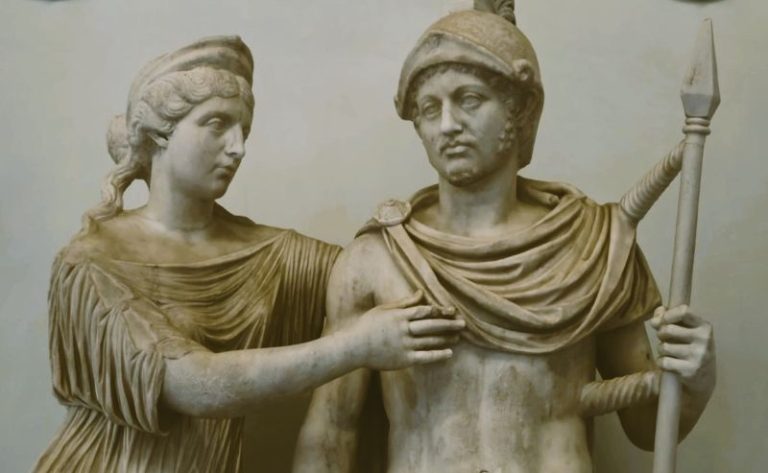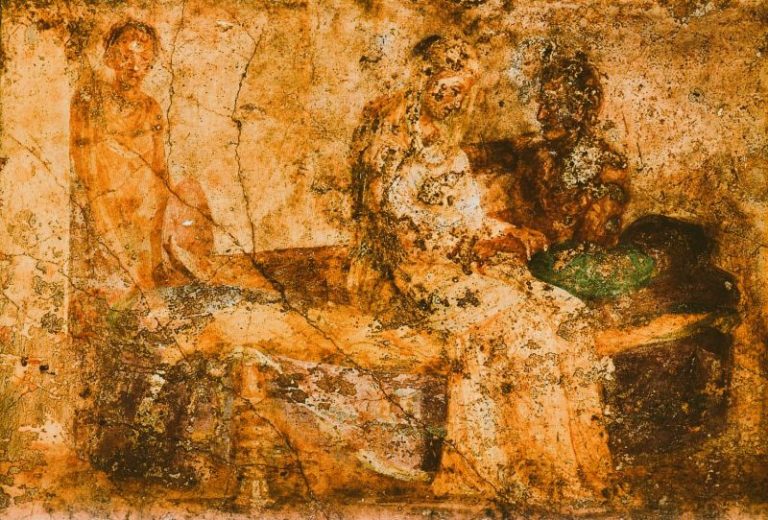
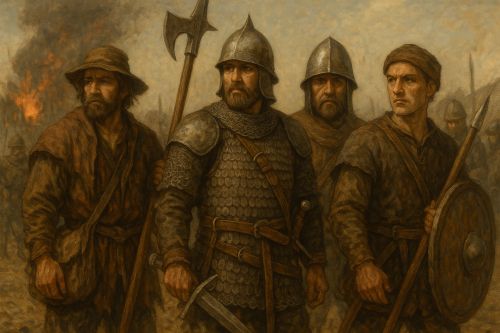
Routiers were indispensable to rulers yet loathed by the people; harbingers of military modernization but reminders of its costs.

By Matthew A. McIntosh
Public Historian
Brewminate
Introduction
In the shifting military landscape of the Middle Ages, few figures embodied both necessity and menace as starkly as the routier. These mercenary soldiers, organized into itinerant companies, served princes and kings when summoned but often turned upon the very societies that employed them. Historians have long debated whether routiers should be understood as proto-professional soldiers marking the decline of feudal levies, or as glorified bandits exploiting a fractured political order.1 To study the routiers is to glimpse the paradox at the heart of medieval warfare: the demand for military specialization set against the fear of those who wielded it.
Origins and Emergence

The routiers arose from the twelfth-century transformation of Europe’s economy and society. As coinage replaced the traditional obligations of feudal service, rulers found it easier to hire soldiers directly rather than summon vassals for limited campaigns.2 This shift created a market for armed men who could sell their services wherever demand was highest.
Another critical factor was the dislocation of a knightly class. Younger sons of minor nobility, deprived of inheritance by primogeniture, often sought livelihoods with the sword. Similarly, men-at-arms whose lords could no longer sustain them entered the mercenary trade. What might have been social surplus in peacetime became, in wartime, a ready reservoir of professional violence.3
Routiers in the High Middle Ages
The Plantagenet Wars

The reigns of Henry II and Richard the Lionheart witnessed routiers employed on a scale unprecedented in Western Europe. In the contested lands of Aquitaine, they fought as shock troops, supplementing the forces of itinerant kings who needed reliable fighters to hold fortresses and raid enemy lands.4 Richard himself, admired as a crusader, was pragmatic in his reliance on mercenaries, valuing their discipline over the limited service of feudal levies.
Their presence in Aquitaine and Normandy also illustrates the ambiguous legal status of mercenary companies. While technically under royal command, routiers often carved out zones of autonomy, establishing makeshift garrisons and levying their own exactions on local populations. For contemporaries, this blurred the line between loyal service and outright rebellion, heightening anxieties about the costs of mercenary reliance.5
Royal Ambivalence
Yet kings could not control them easily. While rulers benefited from routier skill in siege and skirmish, they also faced backlash from subjects who suffered their depredations. In 1181, Henry II issued an ordinance limiting the excesses of these companies, a telling sign that royal patronage always teetered on the edge of social disruption.6
The Hundred Years’ War and the Free Companies
Military Function

During the Hundred Years’ War, routiers reached their apogee in the form of Grandes Compagnies or Free Companies. Leaders like Sir John Hawkwood honed tactical innovations that made them formidable opponents. They were employed for their ability to conduct chevauchées, swift destructive raids that undermined enemy morale and crippled economies.7
The Companies During Truce
Periods of truce revealed the darker side of routier existence. Without pay, companies sustained themselves by extortion, demanding “protection” payments from towns or ransoming captured travelers. Chroniclers describe them as “wolves” descending on defenseless regions.8 Their mobility and cohesion allowed them to operate almost as independent states, preying upon civilians while maintaining rudimentary chains of command.
Social and Economic Impact
The impact on peasantry was catastrophic. Crops were trampled, trade routes severed, and livestock driven off. Entire regions of France in the mid-fourteenth century recorded population flight under routier pressure. The resulting economic devastation compounded the trauma of plague, producing a landscape where military violence and disease seemed inseparable forces of fate.9
Responses and Reactions
Royal and Ecclesiastical Condemnations
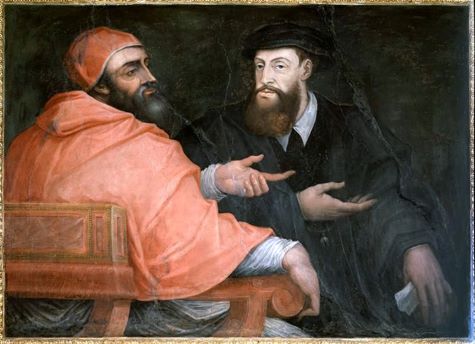
Rulers alternated between suppression and negotiation. Charles V of France attempted to redirect Free Companies into service abroad, such as in Castile, rather than face the challenge of disbanding them on French soil. Popes issued bulls denouncing mercenary depredations, casting routiers as enemies of Christendom itself.10 Yet these moral pronouncements rarely altered the material calculus of warlords who needed their services.
Local Resistance
Communities sometimes fought back. Villagers raised militias or fortified towns to withstand attacks. More often, however, they bargained: payments of cash or supplies purchased temporary respite, illustrating the routiers’ evolution into a parasitic economic system. Such arrangements blurred the line between warfare and organized crime, leaving local populations perpetually vulnerable.11
Routiers and the Evolution of War
From Feudal Levy to Paid Service
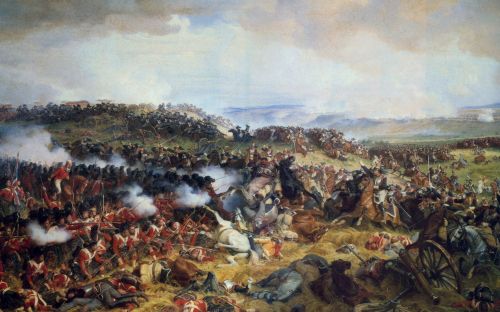
The routiers’ existence points to a deeper transformation of medieval military systems. As feudal levies declined in effectiveness, rulers increasingly recognized the need for professional troops. The routiers, despite their notoriety, embodied this transition. They represented a crude precursor to the standing armies of the fifteenth and sixteenth centuries, demonstrating both the advantages of trained soldiers and the dangers of their autonomy.12
The Italian Wars and Beyond
In Italy, routiers helped pave the way for the condottieri, mercenary captains who entered into formal contracts with city-states. The routier model thus evolved into a more regulated system, integrating mercenary service into the very fabric of Renaissance politics. What had begun as roving bands of opportunistic fighters laid the foundation for the professionalization of war in Europe.13
This transformation was not merely institutional but cultural. The Italian condottieri cultivated reputations as statesmen and patrons, cloaking their mercenary origins in the rhetoric of honor and civic duty. Yet their reliance on opportunistic violence echoed the routiers’ precedent, reminding contemporaries that professionalization did not necessarily mean restraint. The routiers’ shadow thus lingered even in the polished courts of Renaissance Italy.14
Cultural Representations
Chroniclers and Moral Judgments
Contemporary chroniclers rarely depicted routiers favorably. Jean Froissart denounced them as instruments of chaos, contrasting their violence with ideals of knightly chivalry. To clerical writers, they epitomized sin: greed, pride, and wrath on horseback.15
Later Literary and Popular Memory
In later romances and chronicles, routiers became stock villains, standing in for the lawless knight who had betrayed the code of feudal service. Their image merged with that of the bandit and the brigand, ensuring their memory remained morally charged long after their historical role had diminished.
Conclusion
The routiers reveal the uneasy balance of medieval military culture. They were indispensable to rulers yet loathed by the people; harbingers of military modernization but reminders of its costs. Their violence shaped political authority by compelling states to respond with new institutions and financial systems. In the end, the routiers were both symptom and catalyst of change: born of economic transformation, they accelerated the very processes that made their world untenable.
Appendix
Notes
- Matthew Strickland, War and Chivalry: The Conduct and Perception of War in England and Normandy, 1066–1217 (Cambridge: Cambridge University Press, 1996), 243.
- John France, Mercenaries and Paid Men: The Mercenary Identity in the Middle Ages (Leiden: Brill, 2008), 15–19.
- Michael Prestwich, Armies and Warfare in the Middle Ages: The English Experience (New Haven: Yale University Press, 1996), 77–79.
- David Crouch, The Reign of King Stephen, 1135–1154 (Harlow: Pearson, 2000), 184.
- Strickland, War and Chivalry, 261.
- Ibid., 262.
- William Caferro, John Hawkwood: An English Mercenary in Fourteenth-Century Italy (Baltimore: Johns Hopkins University Press, 2006), 27–29.
- Jean Froissart, Chroniques, ed. and trans. Geoffrey Brereton (Harmondsworth: Penguin, 1968), 114–16.
- Barbara Tuchman, A Distant Mirror: The Calamitous 14th Century (New York: Knopf, 1978), 115–17.
- Ibid., 123.
- France, Mercenaries and Paid Men, 41–43.
- Clifford J. Rogers, Soldiers’ Lives through History: The Middle Ages (Westport: Greenwood Press, 2007), 152–53.
- Caferro, John Hawkwood, 88–90.
- Mallett, Michael, Mercenaries and Their Masters: Warfare in Renaissance Italy (London: Bodley Head, 1974), 45–48.
- Froissart, Chroniques, 222–23.
Bibliography
- Caferro, William. John Hawkwood: An English Mercenary in Fourteenth-Century Italy. Baltimore: Johns Hopkins University Press, 2006.
- Crouch, David. The Reign of King Stephen, 1135–1154. Harlow: Pearson, 2000.
- France, John. Mercenaries and Paid Men: The Mercenary Identity in the Middle Ages. Leiden: Brill, 2008.
- Froissart, Jean. Chroniques. Edited and translated by Geoffrey Brereton. Harmondsworth: Penguin, 1968.
- Mallett, Michael. Mercenaries and Their Masters: Warfare in Renaissance Italy. London: Bodley Head, 1974.
- Prestwich, Michael. Armies and Warfare in the Middle Ages: The English Experience. New Haven: Yale University Press, 1996.
- Rogers, Clifford J. Soldiers’ Lives through History: The Middle Ages. Westport: Greenwood Press, 2007.
- Strickland, Matthew. War and Chivalry: The Conduct and Perception of War in England and Normandy, 1066–1217. Cambridge: Cambridge University Press, 1996.
- Tuchman, Barbara. A Distant Mirror: The Calamitous 14th Century. New York: Knopf, 1978.
Originally published by Brewminate, 09.18.2025, under the terms of a Creative Commons Attribution-NonCommercial-NoDerivatives 4.0 International license.
